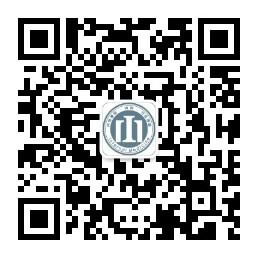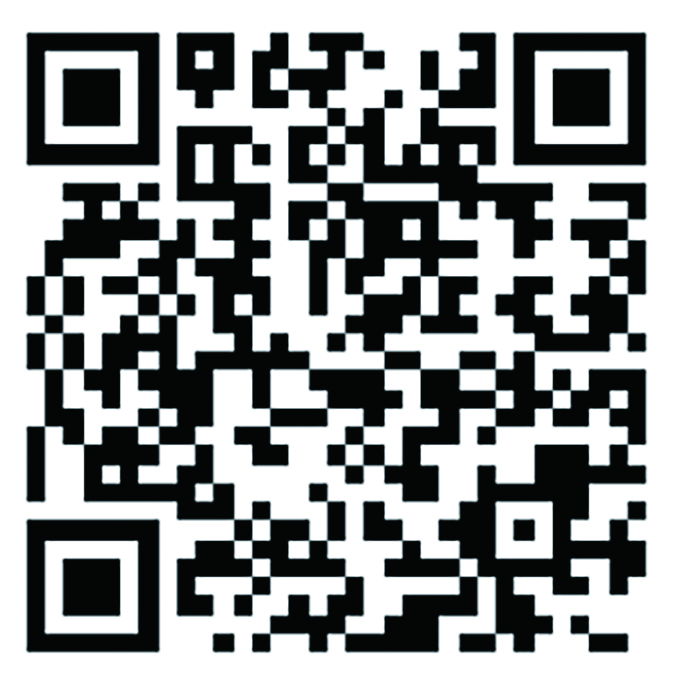目的 分析基于子女视角的医养结合智慧居家养老服务项目的需求属性,并探讨各服务项目间的关联规则。方法 采用多阶段抽样法,根据市场房产价格水平,在南宁市兴宁区、江南区、青秀区、西乡塘区、邕宁区、良庆区、武鸣区7个行政区分别抽取高、低价格水平小区,再通过方便抽样法抽取部分家庭,对年龄为18~60岁且在南宁市城区居住1年以上的家庭成员进行调查。根据KANO模型的要求构建医养结合智慧居家养老服务需求调查问卷,并通过线上及线下两种方式开展问卷调查。通过KANO模型划分需求属性,并根据Better和Worse系数绘制坐标图,确定子女视角下9个服务项目(送餐、保洁、服务安全监督、健康咨询及健康监护、应急救助、就医陪护、临时康复护理、陪伴或拜访、文艺娱乐活动)的需求属性。采用Apriori算法进行各服务项目间的关联规则分析。结果 子女视角下,归于必备属性的服务项目为服务安全监督,归于期望属性的为应急救助、就医陪护,归于魅力属性的为文艺娱乐活动,归于无差异属性的为送餐及陪伴或拜访。关联规则分析结果显示,男性群体中陪伴或拜访+应急救助、临时康复护理+应急救助+就医陪护、健康咨询及健康监护+服务安全监督+应急救助、文艺娱乐活动+临时康复护理+就医陪护等为有效强关联规则;女性群体中临时康复护理+应急救助、健康咨询及健康监护+应急救助、就医陪护+应急救助+临时康复护理等为有效强关联规则。结论 子女视角下,有必备属性的医养结合智慧居家养老服务项目为服务安全监督,建议将其作为服务套餐的必备选项,在此基础上根据不同性别群体的喜好,可加入陪伴或拜访+应急救助、临时康复护理+应急救助+就医陪护、健康咨询及健康监护+应急救助等服务项目组合。
内科 页码:22-29
作者机构:广西壮族自治区医学科学信息研究所,南宁市 530029
基金信息:广西壮族自治区卫生健康委员会西医综合自筹课题(Z20211475) 通信作者:骆丽琳
- 中文简介
- 英文简介
- 参考文献
Objective To analyze the requirement attributes of smart home-based elderly care services integrating medical and nursing care from the perspective of children, and to explore the association rules among various service items. Methods A multistage sampling method was employed: according to the market housing price levels, communities with high and low price levels were respectively selected from seven administrative districts in Nanning City, including Xingning District, Jiangnan District, Qingxiu District, Xixiangtang District, Yongning District, Liangqing District, and Wuming District; then, some households were selected through convenience sampling, and family members aged 18-60 years who had resided in urban areas of Nanning for more than 1 year were surveyed. According to the requirements of the KANO model, a questionnaire on the requirements for smart home-based elderly care services integrating medical and nursing care was constructed, and the questionnaire survey was carried out through both online and offline methods. Requirement attributes were classified through the KANO model, and coordinate graphs were drawn based on the Better and Worse coefficients to determine the requirement attributes of 9 service items from the perspective of children: meal delivery, housekeeping, service safety supervision, health consultation and health monitoring, emergency rescue, medical escort, temporary rehabilitation nursing, companionship or visits, and cultural and recreational activities. The Apriori algorithm was used to analyze the association rules among the various service items. Results From the perspective of children, the service item classified as must-be attribute was service safety supervision; those classified as performance attributes were emergency rescue and medical escort; the one classified as attractive attributes was cultural and recreational activities; and those classified as indifferent attributes were meal delivery, as well as companionship or visits. The results of association rule analysis showed that for males, the effective strong association rules were companionship or visits + emergency rescue, temporary rehabilitation nursing + emergency rescue + medical escort, health consultation and health monitoring + service safety supervision + emergency rescue, and cultural and recreational activities + temporary rehabilitation nursing + medical escort; for females, the effective strong association rules were temporary rehabilitation nursing + emergency rescue, health consultation and health monitoring + emergency rescue, and medical escort + emergency rescue + temporary rehabilitation nursing. Conclusion From the perspective of children, service safety supervision attributes a must-be smart home-based elderly care service integrating medical and nursing care, it is recommended to be taken as a necessary option in service packages. On this basis, service item combinations can be added according to the preferences of different gender groups, such as companionship or visits + emergency rescue, temporary rehabilitation nursing + emergency rescue + medical escort, and health consultation and health monitoring + emergency rescue.
- ref
- ref
- ref
- ref
- ref
- ref
- ref
- ref
- ref
- ref
- ref




 注册
注册 忘记密码
忘记密码 忘记用户名
忘记用户名 专家账号密码找回
专家账号密码找回 下载
下载 收藏
收藏
